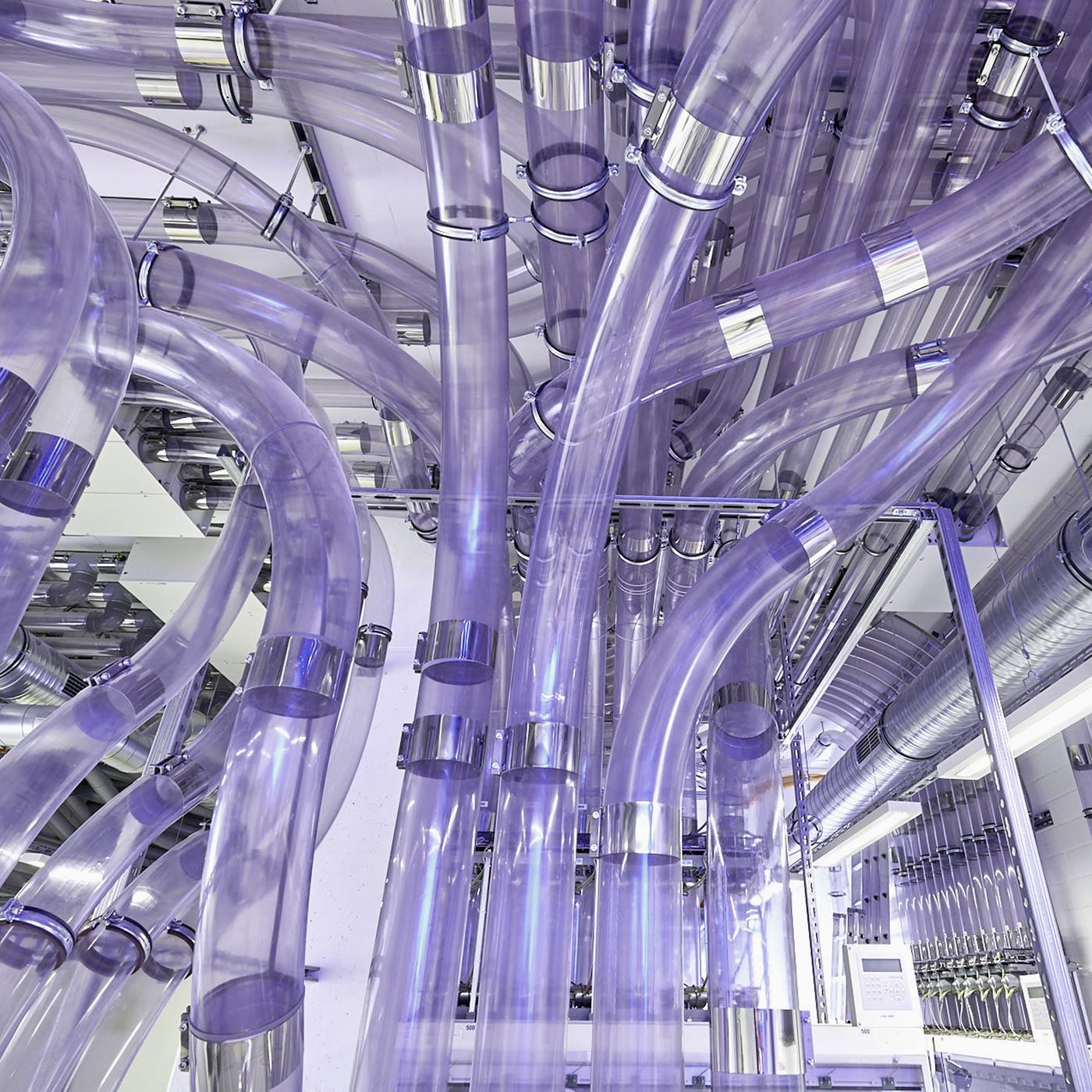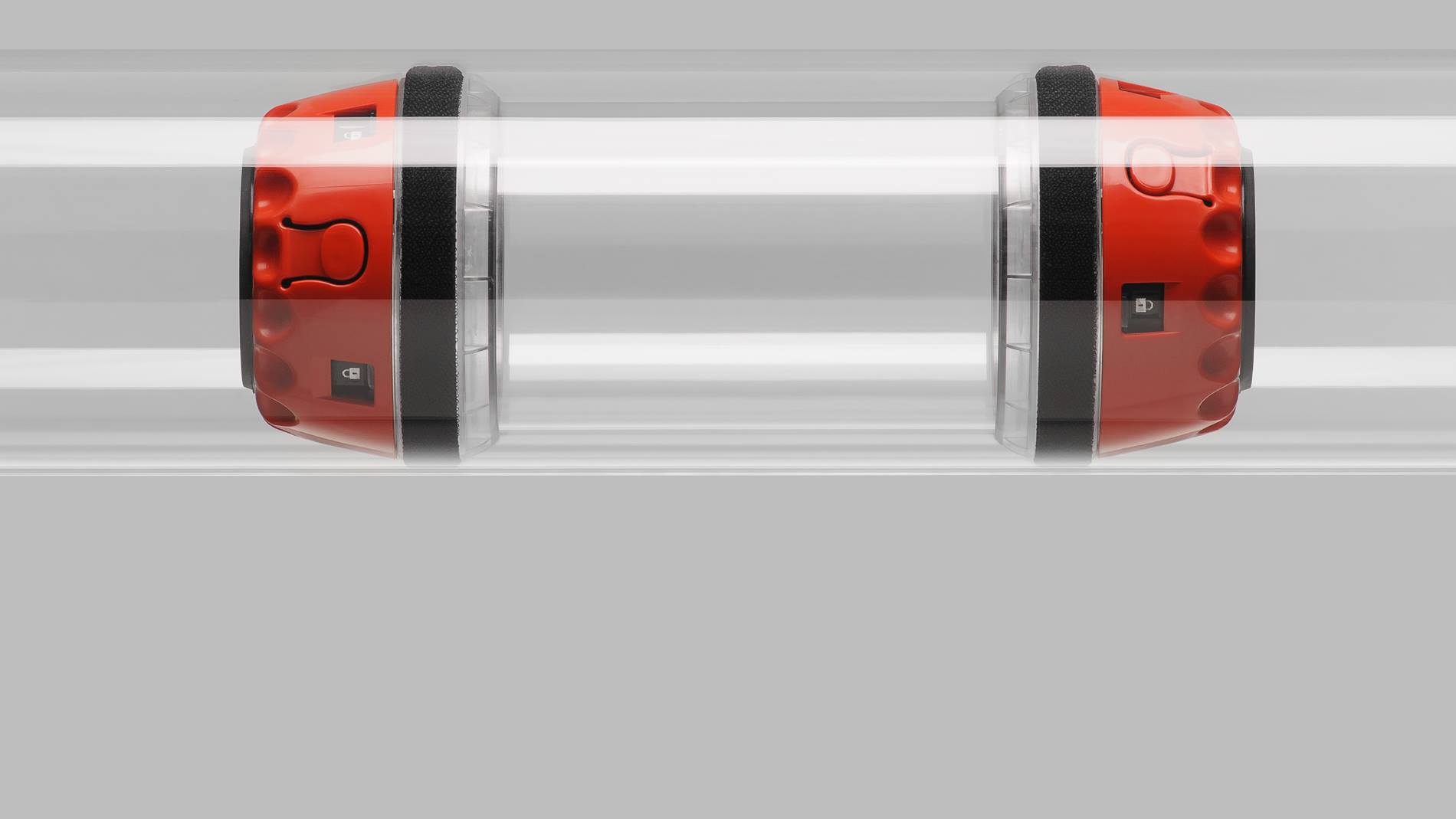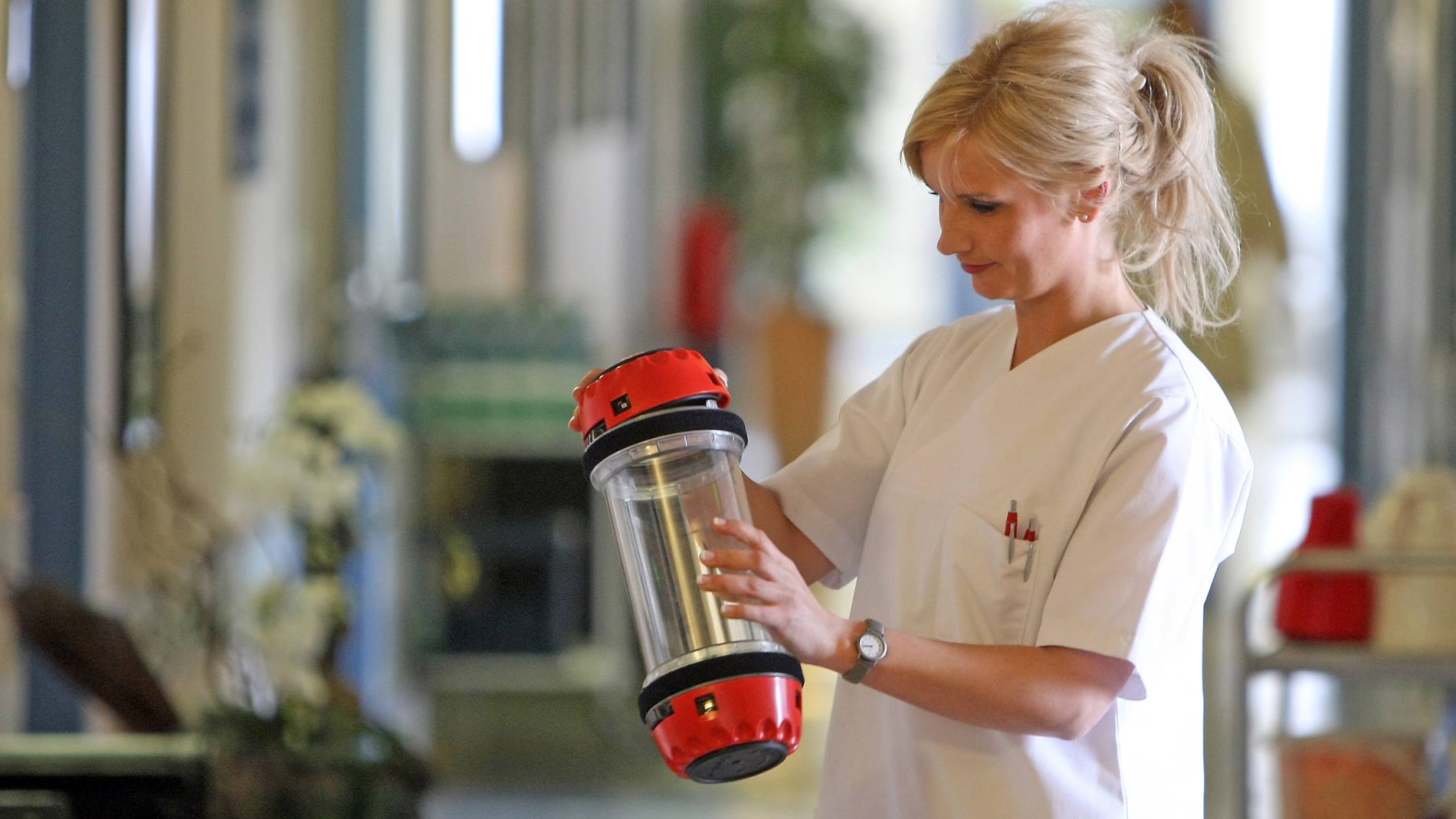Certain features, such as speed, distance covered or packaging material, might influence the condition of medical goods, especially blood samples, during transport. However, studies have shown that there is no statistical difference, whether specimens, such as hemolyzing samples, are transported by a pneumatic tube system or manually. Additionally, automated transport offers a high level of process and patient safety.
At the same time, pneumatic tube systems simplify the daily routine of clinical staff, as errands are avoided, and resources can thus be used for therapy-related services. The system's constant availability, 24 hours a day, seven days a week, also contributes to smoother, more efficient and faster care.
As a result, test results are provided faster, leaving more time for patient treatment. The pneumatic tube system can be regarded as the logistical backbone of patient therapy, which is why regular maintenance and continuous modernization of the system are so important. In particular, keeping the software up to date is essential. From time to time, however, the system should also be upgraded to ensure that the switches, stations and crossings meet the latest technological standards. This is the only way to ensure future-proof, reliable and safe processes in hospital operations.
The pneumatic tube system sets international standards in the field of medication and laboratory sample transport as well as in hospital logistics. Currently, over 3,000 healthcare facilities worldwide use our pneumatic tube systems.
Benefits of a pneumatic tube systems at a glance
-
Fast and safe transport
- Reduced risk of contamination
- Conserves resources
- Increased efficiency
- Relief for medical staff
- More time for patients
TranspoNet Pneumatic Tube System
The integrated pneumatic tube system TranspoNet is a fully comprehensive automation solution for transport in hospitals. Different station types can be used to send and receive carriers depending on the hospital's individual application requirements.
Fully automating the loading and unloading of laboratory samples can increase laboratory efficiency by up to 50%. These pneumatic tube stations receive and unload the content of a carrier and automatically return it to the system. This ensures that every carrier always arrives where it’s needed most.
Depending on the goods to be transported, hospitals use different pneumatic tube carriers. Along with standard carriers, leak-proof containers provide additional transport protection for liquid goods. Special foam inserts are available for the carriers to prevent transport damage, for example for sample vials. A HEPA filter can be used to remove bacteria or viruses from the tubes.
One of the largest TranspoNet pneumatic tube systems from Swisslog Healthcare is installed at Klinikum rechts der Isar in Munich, Germany. The system consists of over 200 stations. And a total of 1,300 carriers are in use. On average, this enables 3,300 transports per working day.
Another large system is located at the Erasmus University Medical Center in Rotterdam. This system extends over a length of 16 kilometers and transports around 400 carriers per hour on working days.
Do you want to learn more about the implementation or modernization of our pneumatic tube system TranspoNet? Our experts are always available to answer your questions – contact us.







